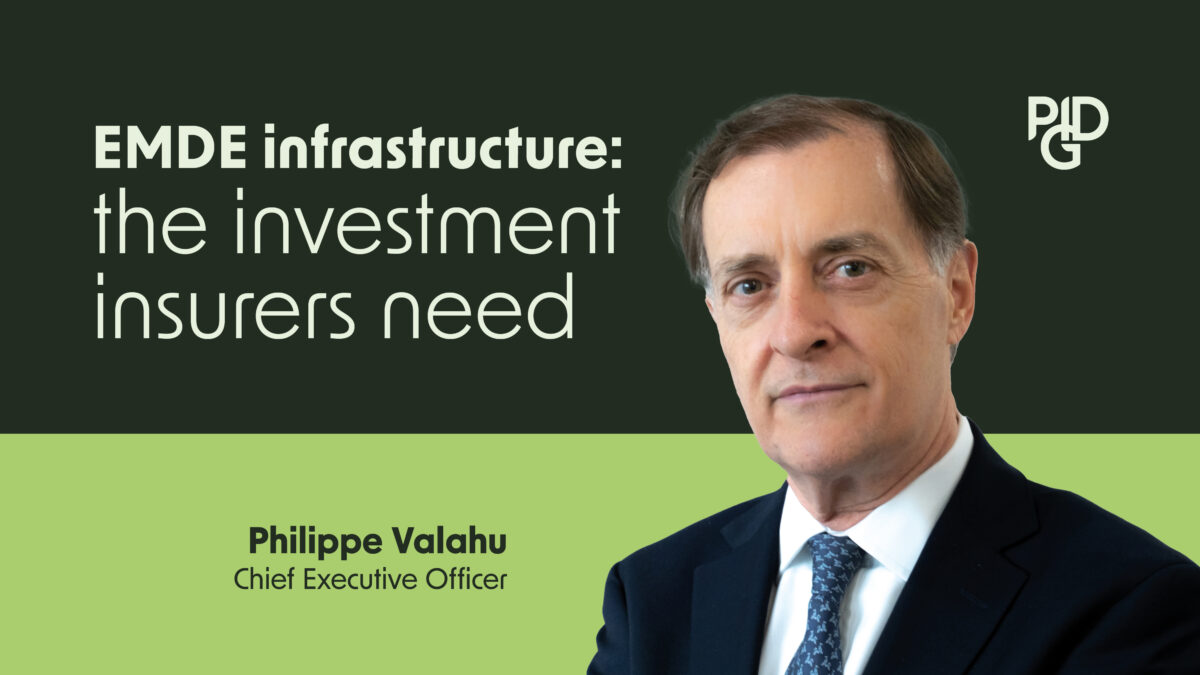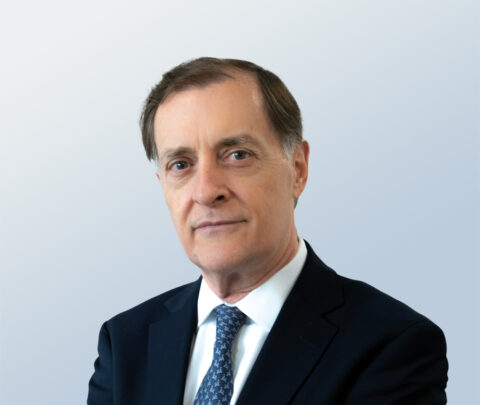
EMDEs, however, have an abundance of unrealised returns. They are expected to account for an estimated 70 per cent of global real GDP growth by 2050.
EMDE infrastructure is already posting strong performance, with low default and high recovery rates. But it is not just a high-return asset class, it is a perfect match for insurers’ business model, apart from being the investment the world critically needs.
The right duration for insurers’ liabilities
The insurance business is built on long-term liabilities – annuities, life insurance policies, and pension obligations that stretch for decades. EMDE infrastructure projects such as toll roads, power grids, and telecom networks generate stable, predictable cash flows over similarly long horizons. This creates a natural and powerful alignment, allowing companies to earn an illiquidity premium that simply isn’t available in more liquid, traditional assets.
For example, in 2019, GuarantCo – PIDG’s guarantee solution – provided a VND 1,150 billion (circa USD 50 million) guarantee in support of the first 10-year bond issued by Ho Chi Minh Infrastructure Investments JSC (CII) in Vietnam. GuarantCo’s 100 percent guarantee catalysed investment by insurance companies, Manulife, AIA and Generali, enabling CII, a prominent local infrastructure developer, to access private sector funding for the construction of the 51-kilometre Trung Luong My Thuan expressway. The project’s aim is to ease congestion, improve safety, and promote economic development between the hubs of Ho Chi Minh City and the Mekong Delta.
It is a fundamentally strategic fit.
Risk-adjusted returns
I face this question almost every day: “But what about the risk?”. The reality is that the perceived risk of these assets is often greater than the actual risk. While it’s complex for large institutional investors to lend directly in frontier markets, with careful due diligence, skilled partners, and a focus on essential services, insurers can access returns that far exceed what’s available in developed markets; moreover, these investments provide valuable diversification for large portfolios.
PIDG’s blended finance vehicle, the Emerging Africa & Asia Infrastructure Fund (EAAIF) rated A2 by Moody’s, can help manage and underwrite EMDE risks with relative ease. Alongside other private investors, Allianz Global Investors has invested in EAAIF on multiple occasions, most recently committing €100 million as part of a USD 325 million debt raise. Such investments enable EAAIF to provide stable, long-term commercial debt for inclusive and impactful infrastructure projects in Africa and Asia, thereby increasing their viability and attractiveness for other investors.
Meeting net zero targets
Most institutional investors aim to reduce their carbon emissions in the near to medium term, with many defining decarbonisation goals for their portfolios. They recognise it is not a vanity metric but a business-critical risk and actively seek ways to hedge against it. Investing in climate-resilient infrastructure in growth markets solves for it in more ways than one. By funding projects that bring clean water, reliable energy, and better transportation to growing populations, companies won’t just earn a return – they will mitigate climate change, reduce poverty, and improve public health.
For example, PIDG has helped create a market for private capital owners and managers in Vietnam’s solar power sector. In 2018, PIDG made a first-of-its-kind investment in a utility-scale solar farm in the Ninh Thuan district through InfraCo, its project development solution. It directly addressed multiple operational and regulatory risk concerns and actively developed the capital market – using technical assistance grants – as an enabler of further growth in the solar sector. That also led to GuarantCo providing a credit guarantee of USD 50 million equivalent in local currency to support the issuance of Vietnam’s inaugural internationally verified green bond of USD 75 million in 2022. Its A1 rating by Moody’s and AA- rating by Fitch helps enhance the credit ratings of such bonds, which can otherwise fail to meet the minimum rating criteria required by some investors.
That ability to enhance credit ratings also equipped M&G Investments, one of UK’s biggest insurers, to recently participate in a bond deal in Côte d’Ivoire. The deal is expected to help increase export revenues for the country and address multiple UN Sustainable Development Goals (2, 5, 9).
María Redondo, Director at M&G Investments, said:
Several UK insurers and investors have joined forces to form and lead the EMDE Investor Taskforce to unlock similar, long-term investments aimed at seizing sustainable opportunities across EMDEs. Convened by the UK Government, the taskforce aims develop practical solutions that will support institutional investors in pursuing investment opportunities in EMDEs to help deliver economic growth and tackle climate change.
This includes understanding and addressing regulators’ concerns. High capital charges for EMDE investments are a real barrier. However, transparent and data-backed communication on real vs perceived risks, the social benefit of such investments, and developing innovative products, along with the availability of highly rated vehicles such as EAAIF and GuarantCo can unlock a way forward for everyone involved.
Hedging against natural disasters
Hedging against the increasing incidence of natural disasters needs a holistic approach. We cannot outpace nature, certainly not with short-sighted solutions.
Parametric insurance is a good example of how we can increase risk capacity in the event of climate disasters. With more frequent extreme weather events occurring in EMDEs, it provides a safety net for local communities and small businesses. At the same time, it serves as an increasingly valuable product for insurers due to various factors such as its operational efficiency, fixed liability, and data-driven approach.
A notable example of this is the One Acre Fund’s (OAF) partnership with Global Parametrics, to support farmers across Sub-Saharan Africa with critical agricultural services. Last year, the provision of risk capacity cover allowed OAF to scale its activities in Malawi, Zambia, Nigeria and Rwanda.
If there is greater investment in climate-resilient infrastructure over the long-term, the impact of natural disasters is likely to be less severe, i.e., lower pay-outs for insurance companies and potentially lower insurance premiums. In 2024, PIDG mobilised over USD 4bn from the private sector. Our projects provided 5.7 million people with access to improved infrastructure and created thousands of jobs. 64 per cent of our commitments were classified as climate finance, with a focus on both mitigation and adaptation. In other words, there is no shortage of opportunities for stable, low-risk investments in Africa and Asia – it simply needs investors to pause and reconsider their strategy.
